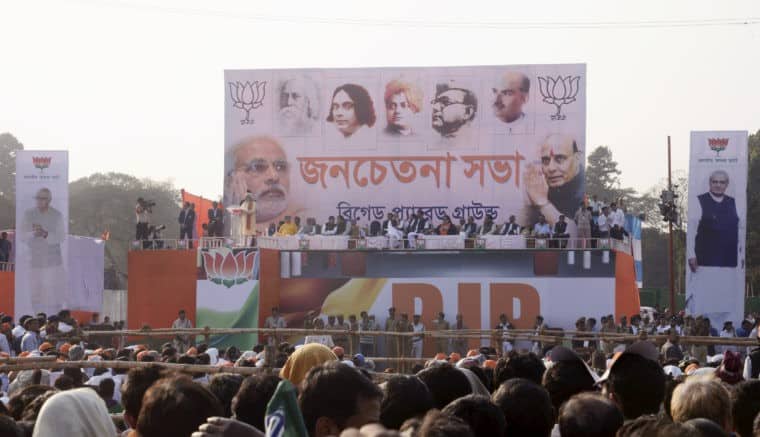Thoughts on the Indian State elections
Richard Heald, Group CEO of the UK India Business Council, reflects on the recent state elections and what they mean for India

As the heat and dust of India’s state election results settles, it is time to look at what the results mean for India’s national politics and business climate.
Prime Minister Narendra Modi re-established his popularity with BJP’s historic win in Assam and an increase in vote share in other states. This, for the BJP, is a welcome outcome following negative results in the Bihar and Delhi elections last year. However, it was not the BJP win, but the main opposition party, Congress’s poor election results that grabbed media headlines in India.
Lessons to learn
Both the BJP and Congress have lessons to learn from the state elections. While the parties review their campaign strategies, organisation structures, what went right and wrong – two points clearly emerge. First, India remains impatient for growth and development. And non-performance is punished more badly than corruption.
BJP needs to focus on reforms which are felt at the grass roots level to continue its winning foray. While Congress needs to go beyond blocking legislations and engage with BJP on much-needed discussion on growth, employment and reforms.
Since, the political environment in India will remain, as ever, fluid and fascinating, businesses will have to continue to navigate through the political environment to make most of the opportunities India has to offer. However, the current macro-economic situation is broadly positive in India and over the medium term the state election results also augur well for India’s business environment.
Voting habits
What is clear from the election results is that Indian voters are differentiating between national and regional issues. When choosing state government, the electorate consider local issues such as employment, social and physical infrastructure. The incumbent government in West Bengal was voted back to power, as it has largely delivered on its promises of providing roads, electricity and social welfare programmes. The previous government in Assam was punished as it failed to deliver on its promises of job creation, healthcare, tackling social issues such as child labour, and creating flood defence infrastructure.
The voters’ desire for growth and development, and their willingness to punish non-performance, will be good for India. Competitive federalism is thus reinforced. States increasingly compete with each other for more investment thereby generating faster growth in jobs, better focus on social and physical infrastructure and stronger support of Indian voters.
Central government
For Modi’s Government these elections were not just a means to strengthen its position at the state level. They were also critical in the battle to gain control of India’s Upper House, (the Rajya Sabha), as state elections determine the composition of the Upper House. The Government’s lack of a majority in the Upper House has adversely affected the administration’s reform agenda. The opposition has successfully used the Rajya Sabha to block key legislation, including the long-awaited law to introduce the nationwide Goods and Services tax (GST) that would make the country a single market and simplify commerce. This matters, not least as in our November 2015 survey on the ease of doing business in India, over 50 per cent of UK India Business Council members said GST was the single most important reform that would improve the operating environment.
Though these elections will not immediately alter the balance in the Rajya Sabha, because current members need to serve out fixed terms, the results do give BJP a moral and psychological advantage to push through legislation. BJP should be encouraged to undertake bolder economic reforms in the coming months and with West Bengal Chief Minister, Mamata Banerjee, agreeing to support BJP on the goods and service tax (GST), the state election results bode well for the progress of reform in India.
Eyes are already turning towards the next big state election, scheduled for early 2017, in India’s largest state, Uttar Pradesh, which has 31 representatives in the Rajya Sabha. The BJP swept the state in the 2014 national elections, and it will be interesting to see how it performs next year. The result in Uttar Pradesh is likely to be read as the clearest omen of the national election in 2019.

 By Richard Heald
By Richard Heald 

